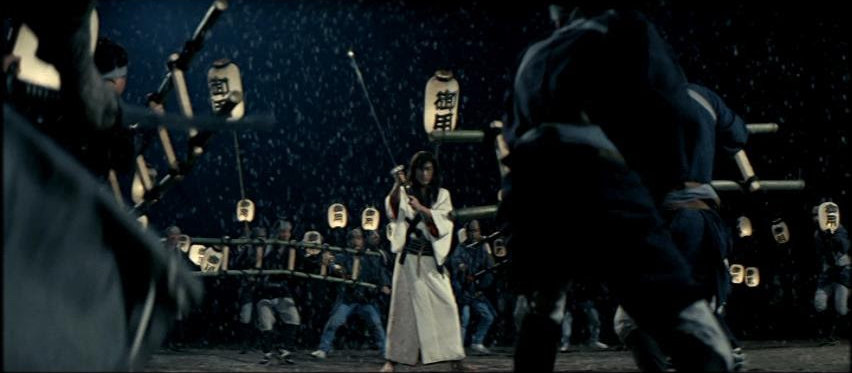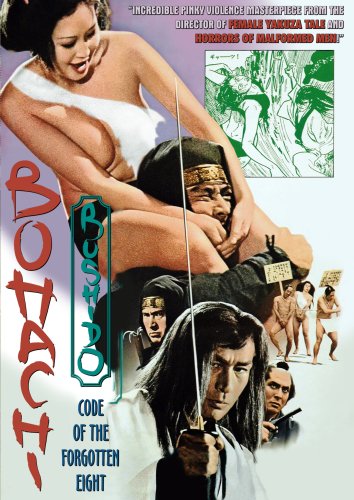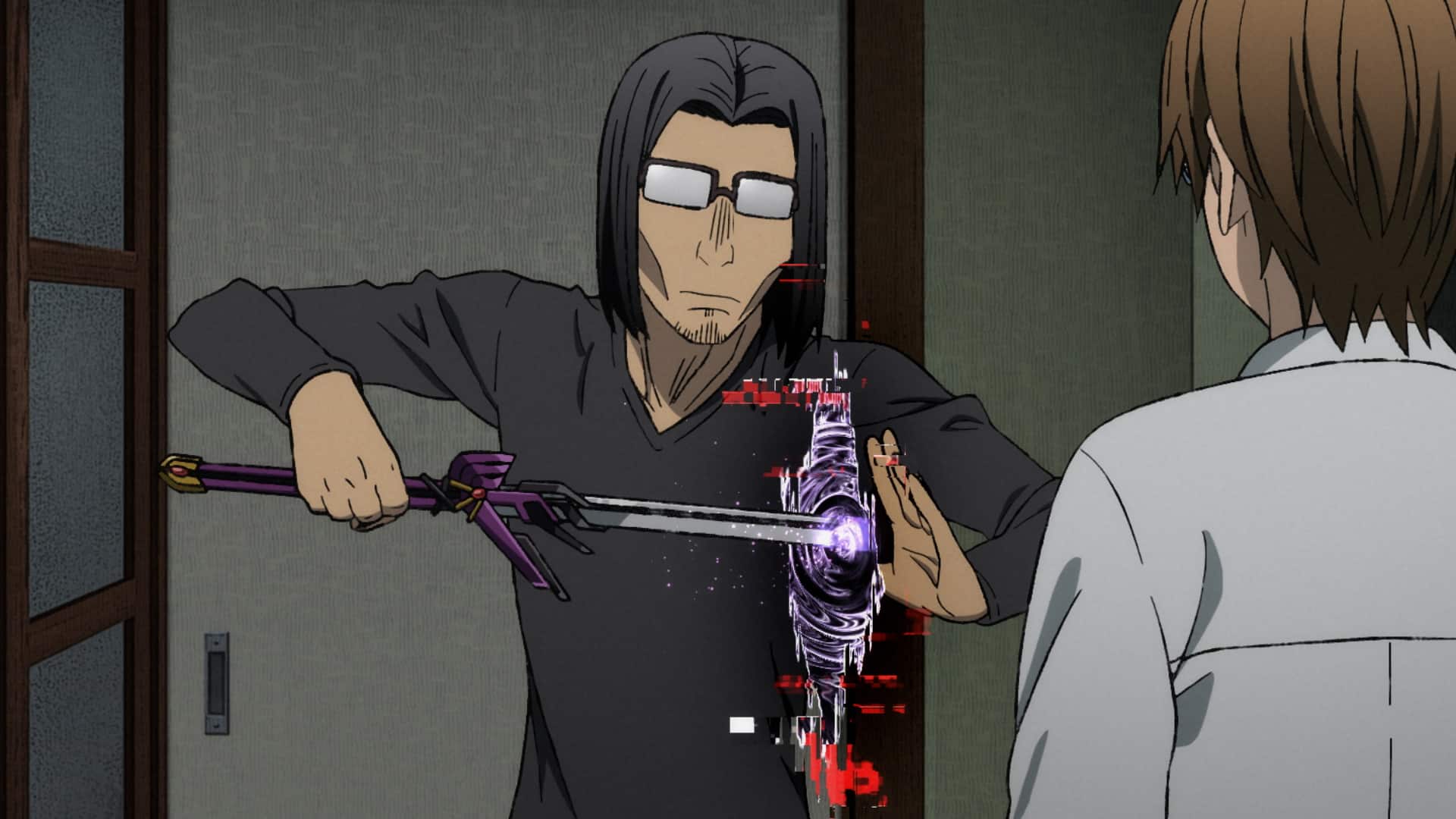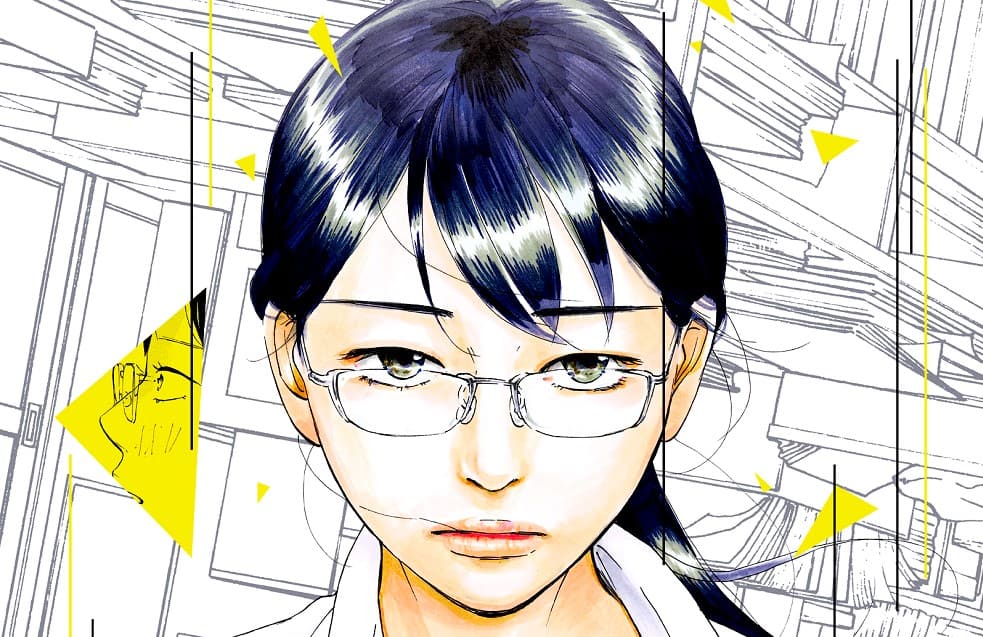Kazuo Koike was one of Japan's leading seinen (“youth”) manga writers and several of his works, like “Lady Snowblood” and “Lone Wolf and Cub”, have seen big-screen adaptations that're much loved the world over. However, one of his best adaptations that still remains less discovered and even lesser discussed is “Bohachi Bushido”. The rights to the manga were secured by superstar Tetsuro Tamba, who then brought director Teruo Ishii to make what would end up being one wild ride.
Buy This Title
One evening, when fighting a horde of enemies, weathered samurai Shino Ashita just about has enough of life in general and, out of weariness from the constant fighting that he has always seen, decides to end his life. However, it doesn't go quite as planned, as he is rescued by people of the Bohachi clan. This clan is notorious for having forgone eight important morals that make for a virtuous living, leading them to being a fearsome group among the locals. Seeing potential in Ashita, they attempt to recruit him but when he fails a task set up for him, they decide to let me go.
However, the Clan's chief vetoes his banishment and decides to employ Ashita to help him clear the district of Yoshiwara of establishments that offer sex for cheap, and through any women with or without skills, since the Bohachi clan claims to have the best women for the job and want to lay a monopoly on the flesh trade. Because he has nothing else to do and this seems like an interesting enough job to see time out on, Shino Ashita agrees but little does he know that the Clan boss has not entirely been forthright about his intentions.

As soon as the Toei Company logo passes at the start, you know you're in for an exploitation film. Against a beautiful setting sun, Ashita fights his enemies as heads roll, limbs fly, blood fountains out only to pool up on the floor and then drain out, leaving only the title on the screen in blood red. Ishii spends roughly the first twenty minutes to set up the storyline, using all excuses to portray nudity but losing out on the action front. Once the narrative is established though, we are back to the glorious violence that the opening sequence promised.
These action sequences are helped immensely by slick action choreography, superb production design and Juhei Suzuki's impressive cinematography, all combining to make “Bohachi Bushido” not just a memorable exploitation film, but also one of the better chanbaras. If the first fight is set against the backdrop of the setting sun that then gives way to nighttime action, the climactic sequence makes use of the nighttime setting and uses the falling snow to create a mesmerising effect, the blacks and whites interrupted at regular intervals with the bright red of blood. In-between these two scenes, the production is filled with wonderful bright colours, gorgeous stage sets and elaborate costumes, or in the case of the ladies, a lack of them, to create a most pleasing viewing experience on such modest budget that many financially well-backed productions fail to achieve.
But that is not to say that the feature is all style with little substance. While it fully earns its Japanese title “Porno Jidaigeki: Bohachi Bushido” without every being overtly sleazy, thanks to the army of stunning naked females, fighting ninjas and very often even by combining the naked and fighting elements, some of the dialogues are surprisingly rather deep philosophically. They prove even more effective thanks to the deadpan delivery of leading man Tetsuro Tamba.
Tamba may have already been over 50 years of age and thus an unlikely leading man for this project, but his charisma makes it work. The long hair and lined face, in addition to the “I don't give a damn” look Ashita carries throughout, add a certain weight to the character. The action has been well choreographed around his strengths and weaknesses to make him look like a better fighter than he has any right to be, ultimately resulting in a memorable performance from the actor. Additionally, amongst the very large number of women on-screen, many without any dialogues, Yuriko Hishimi as Omon stands out not just for her beauty but also her performance.
All these elements combine to make “Bohachi Bushido: Code of the Forgotten Eight” not just among Ishii's and Tamba's finest moments but also a complete, definitive exploitation film that encompasses all the constituents of the genre effectively, ultimately resulting in a memorable chanbara production. Sadly, despite its merits and the big names attached to it both behind and in front of the camera, it is almost criminal that this feature is not spoken more about. With the love that Ishii's works have been receiving of late, this could massively benefit from someone like Arrow Video picking this up and spreading awareness for it. It has all the potential to be an instant favourite.

















Actually for me, the greatest chanbara are from TV series such as OEDO SOSAMO starring Satomi Kotaro and Matsukata Hiroki. Not only great Sword action but also excellent plotlines. Also the TV version of KURAMA TENGU starring Meguro Yuki. Hopefully those can be made available on dvds.